



Paper cups are made from paper pulp, a naturally biodegradable material.
According to studies, paper cups take about 1-5 years to completely decompose in the natural environment. The decomposition process is much faster than that of resins
Paper cups are made from paper pulp, a naturally biodegradable material.
According to studies, paper cups take about 1-5 years to completely decompose in the natural environment. The decomposition process is much faster than conventional plastics.
Therefore, using paper cups will help reduce environmental pollution caused by plastic waste.
Researchers say that when decomposed, paper cups do not leave behind toxic substances. On the contrary, chemicals from plastic cups can seep into drinks and harm human health.
In addition, paper cups do not contain BPA - a chemical proven to cause hormone disruption and cancer. Therefore, using paper cups is much safer than plastic cups.
With high biodegradability, paper cups become an ideal material for recycling. The process of recycling paper cups is often
simpler and more effective than plastic cups.
In addition, paper cups can also be reused many times if the user cleans them thoroughly.
Thanks to that, we can save a lot of materials and reduce waste, better protecting the environment.

Due to the porous nature of paper material, paper cups often absorb water quite quickly if containing liquid drinks. This makes it difficult for us to hold and use.
Therefore, companies that produce paper cups have to cover the outside with a layer of wax or plastic to reduce permeability and increase durability when used.
The biggest difference between paper cups and plastic cups is the ability to retain heat. The thin thickness of the paper causes them to lose heat quite quickly.
The temperature inside a paper cup can decrease by 20-30 degrees Celsius after just a few minutes of preparation. This makes users uncomfortable if they want to enjoy hot drinks
.
Therefore, poor heat retention is still a disadvantage of paper cups that manufacturers are gradually improving.
Because the paper texture is quite soft and easily affected by moisture and water, paper cups are often easily scratched, torn or deformed when containing too much liquid.
This reduces durability and aesthetics, and leads to the risk of fluid leakage in some cases.
Manufacturers are finding many solutions to increase the durability of paper cup structures using molding, pressing and coating technology.
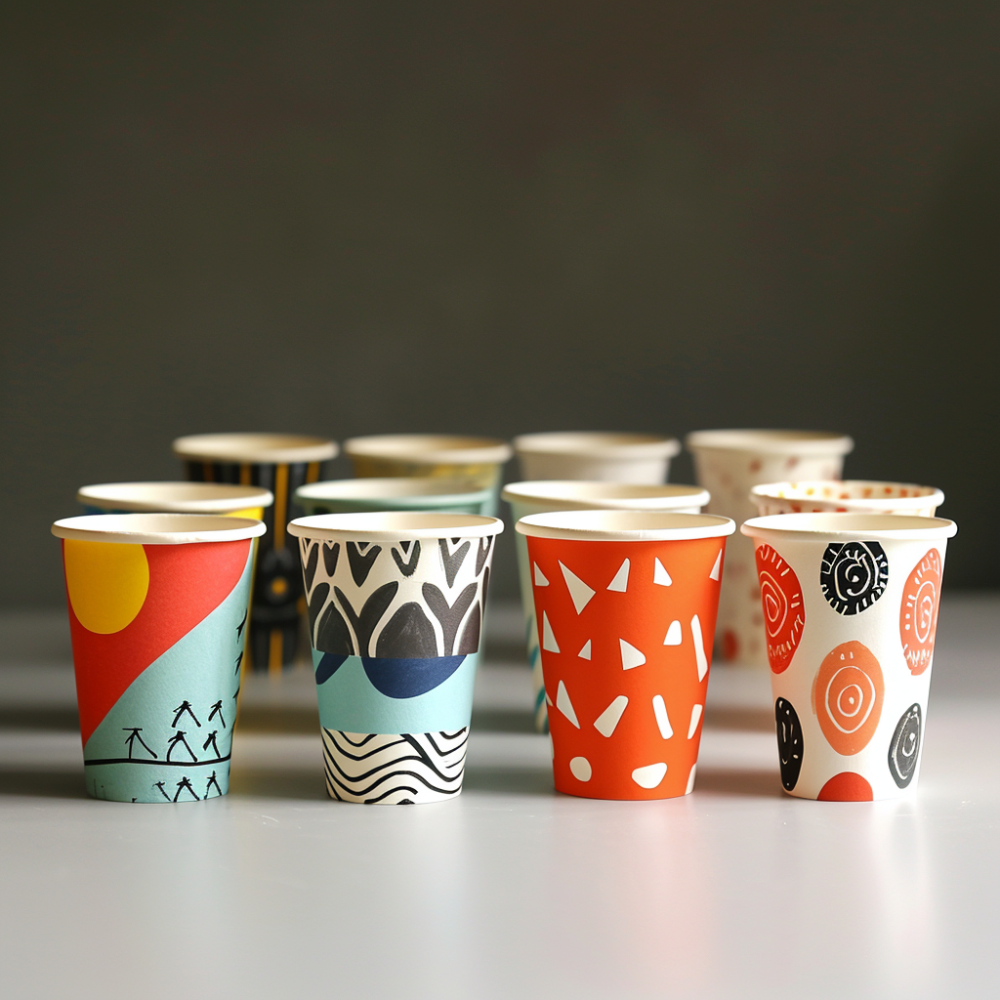
High bearing capacity
Thanks to production technology and material properties, plastic cups can withstand force and impact quite well without being easily deformed or broken.
This characteristic makes plastic cups suitable for business environments with high frequency of use such as coffee shops, milk tea shops,...
Users also feel more secure when holding and moving plastic cups filled with liquid without fear of spilling or breaking.
Thanks to their moderate thickness, plastics often have good thermal insulation properties. When hot liquid is put into a plastic cup, the temperature can be kept stable for a long time without cooling quickly
This is very convenient for users as they can enjoy hot drinks comfortably without having to rush.
Thanks to modern printing technology, plastic cups can be created with many different designs, prints, and colors.
In addition, plastic cups can also be decaled, combined with the business's existing design to create diversity, suitable for the unique needs of each business unit.
Conventional plastics often take hundreds of years to completely decompose. Meanwhile, the ability to recycle plastic cups is limited.
This leads to a large amount of hard-to-treat solid waste remaining in the environment, causing many serious consequences for the ecosystem.
The production and decomposition of plastic cups both cause toxic chemicals that can spread and seep into the user's drinks. Typically BPA - a substance that can be toxic to the liver, kidneys and cause cancer.
Many studies also show a link between daily use of plastic products and a number of dangerous diseases such as diabetes, obesity, reproductive failure,...
Due to the plastic and complex production process required, plastic cups often retail at a price about 2-3 times higher than paper cups. This affects the business costs of businesses.
Although the durability and aesthetics of plastic cups are higher, economics must be considered when businesses decide which type of cups to use.
Thus, we have analyzed the major advantages and disadvantages between paper cups and plastic cups. These will be the ones
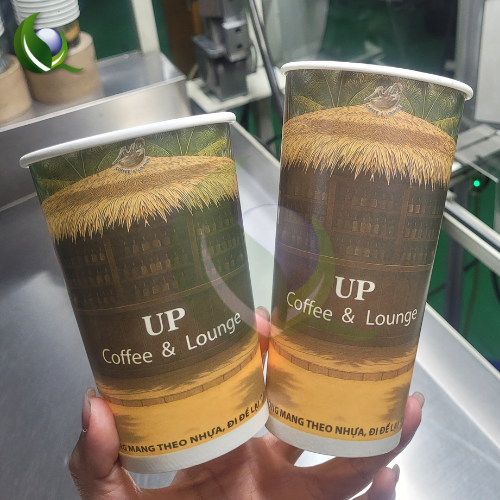
Switching from plastic to paper cups is a smart investment strategy that helps F&B businesses not only optimize operational costs but also build a sustainable brand image and attract a large customer base that values environmental responsibility. This is no longer just an option—it’s a strategic move to assert market position and increase competitiveness in an increasingly demanding landscape.
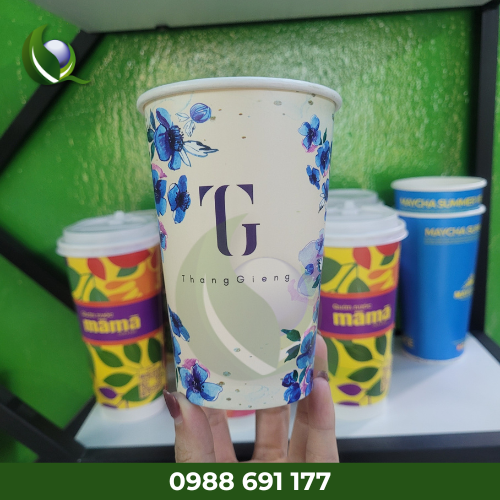
Paper cups and the shift in Vietnamese consumer habits are shaping a greener future—one where every small choice contributes significantly to the environment and public health, while also unlocking golden opportunities for F&B businesses. At Ly Giấy Việt Nam, we see this transition as an inevitable wave, offering an optimal solution for both consumers and brands aiming for sustainable...

Paper Bowls: The Ideal Solution for Hot Dishes Like Pho, Noodle Soup, and Broth More than just a packaging trend, paper bowls are a strategic decision that enhances customer experience and strengthens brand value in the highly competitive food delivery market. Ly Giay Vietnam is proud to offer high-quality paper bowl products that fully meet the criteria of safety, aesthetics, and business...
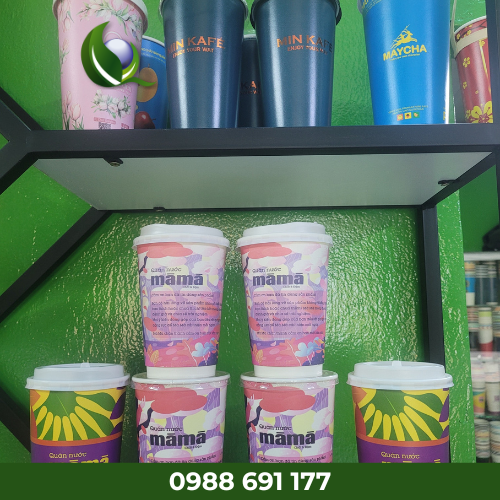
The trend of using paper cups in the F&B (Food & Beverage) industry is not just a temporary trend but has become a green revolution, reshaping the entire appearance of the modern food and beverage industry.
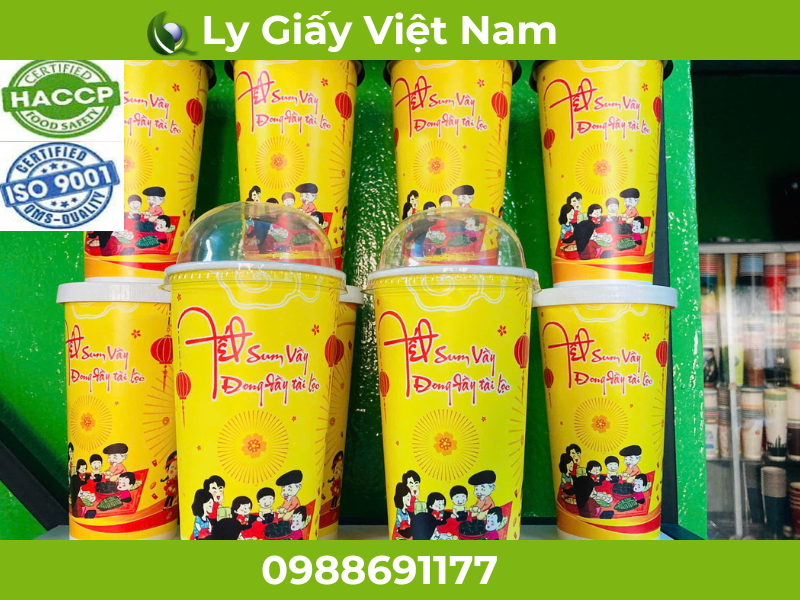
The process of producing paper cups that meet food safety standards is a series of complex stages, requiring precision and strict compliance with food safety regulations

How to attract customers with beautiful packaging is a very important topic in building and developing a brand.
Comment & review